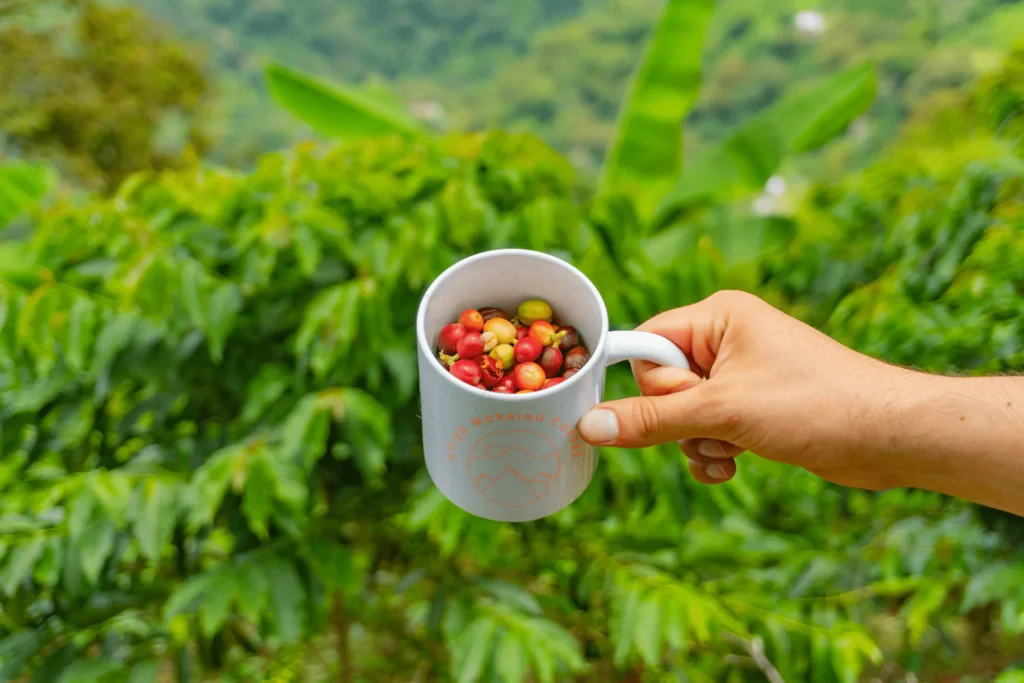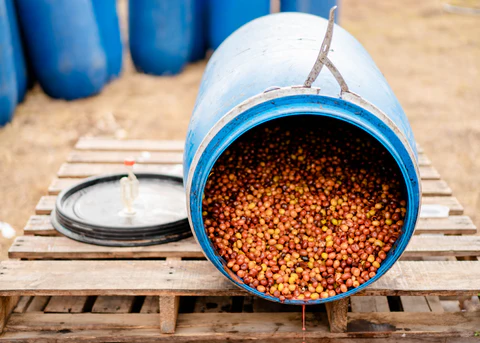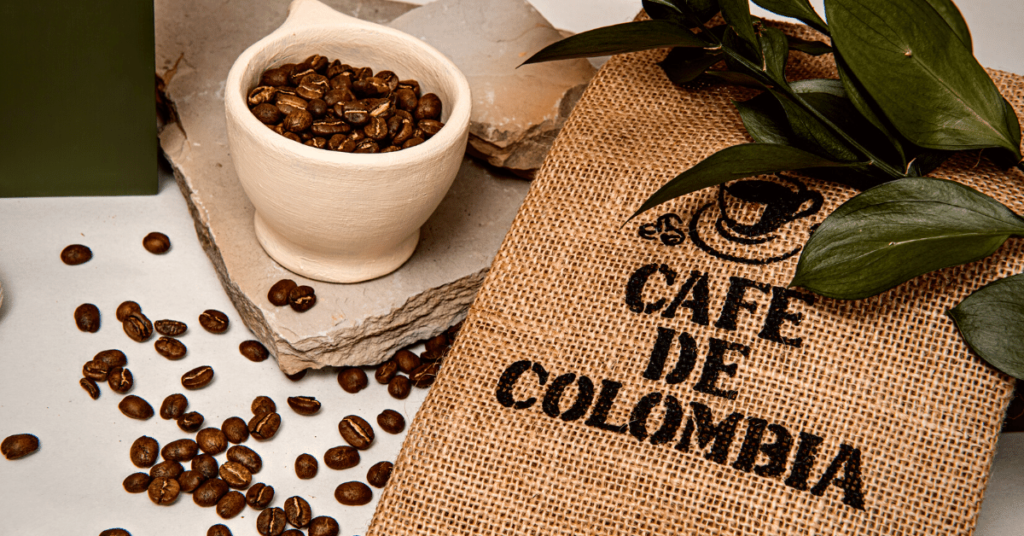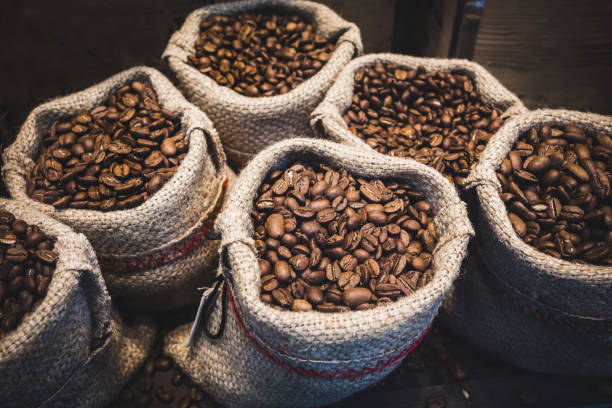When it comes to espresso, most people think of dark, bold, smoky shots pulled from multi-origin blends. But Colombian espresso? That’s a different beast altogether. It’s not just about caffeine or crema—it’s about brightness, nuance, and a deep connection to terroir.
In this article, we’re diving into the bold brew behind the buzz: What makes Colombian espresso different from your everyday espresso shot? From high-altitude beans to rich volcanic soil and careful handpicking, Colombia’s coffee brings bright acidity, smooth flavor, and a well-balanced body that sets it apart from other espresso blends.
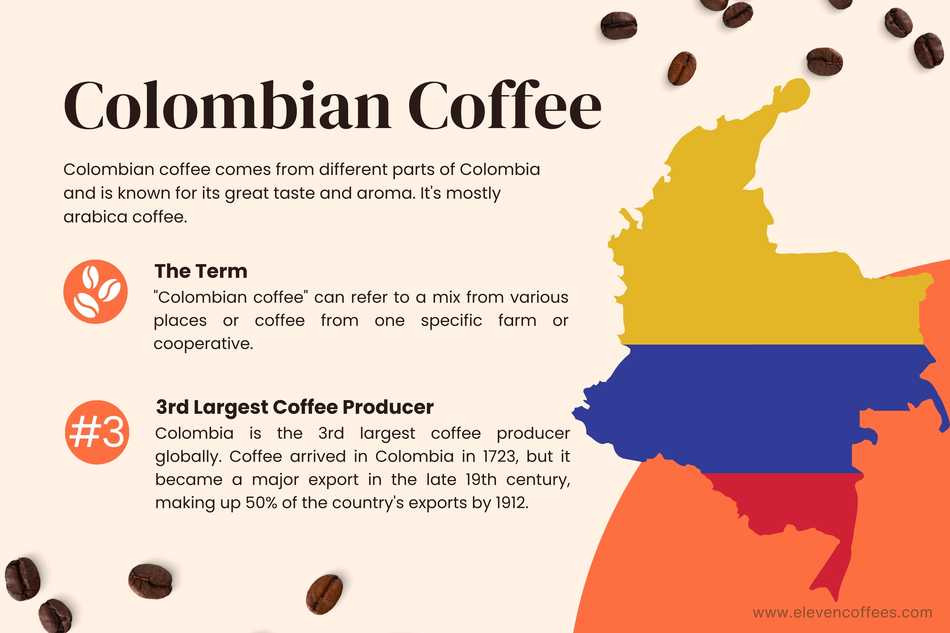
What Is “Regular” Espresso, Anyway?
A Quick Look at Traditional Espresso Blends
Most “regular” espresso is made from dark roasted beans that often combine coffees from various countries. These blends are crafted to ensure consistency, crema, and punchy flavor. They lean into bitterness and body, with tasting notes that include chocolate, roasted nuts, and sometimes smoke.
• Roast level: Typically dark
• Flavor profile: Bitter, bold, low-acidity
• Origins: Often include Brazil, Vietnam, Ethiopia, and Robusta-heavy blends
• Purpose: Maximize crema, blend with milk, withstand sugar
This works well for fast-paced cafés or for those who prefer espresso with milk (think cappuccinos or lattes). But it can sacrifice complexity in favor of predictability.
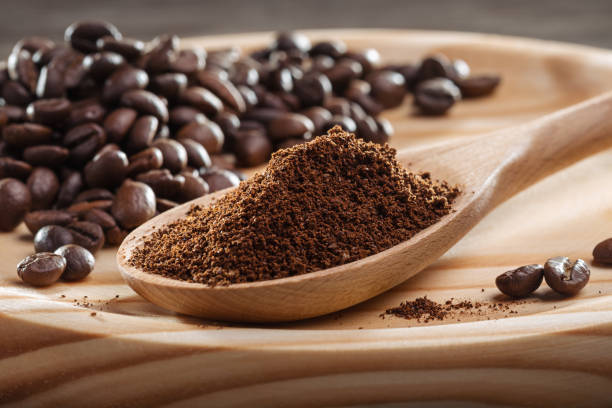
What Makes Colombian Espresso Different?
Geography, Altitude, and Volcanic Soil
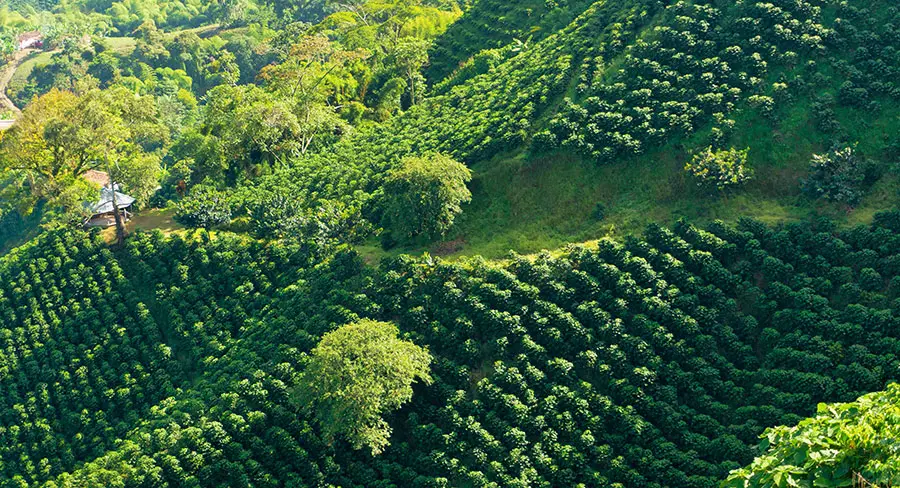
Colombia’s coffee is grown in the Andes Mountains, across microclimates and altitudes ranging from 1,200 to 2,000 meters above sea level. The higher the altitude, the slower the beans grow—and the more complex the flavor becomes. Volcanic soil packed with minerals gives the beans their rich, vibrant character.
Washed Processing for Clean Flavor
Most Colombian coffee goes through a washed (or wet) process. This means the fruity layer is stripped away before drying, creating a clean, crisp flavor in the cup—perfect for highlighting individual tasting notes.
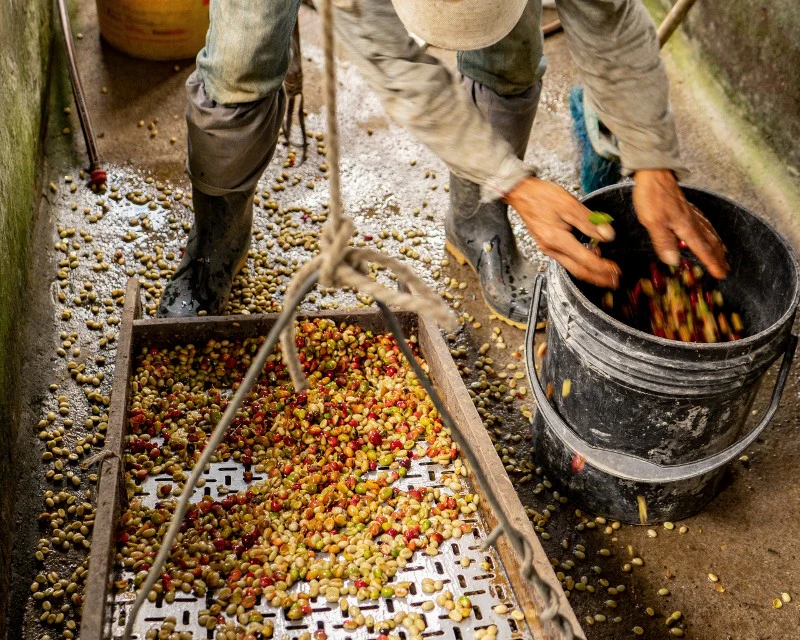
Single-Origin vs. Blend Mentality
Unlike typical espresso blends, Colombian espresso is often single-origin. That means every shot tells a story from a specific region, like Huila, Nariño, or Antioquia.
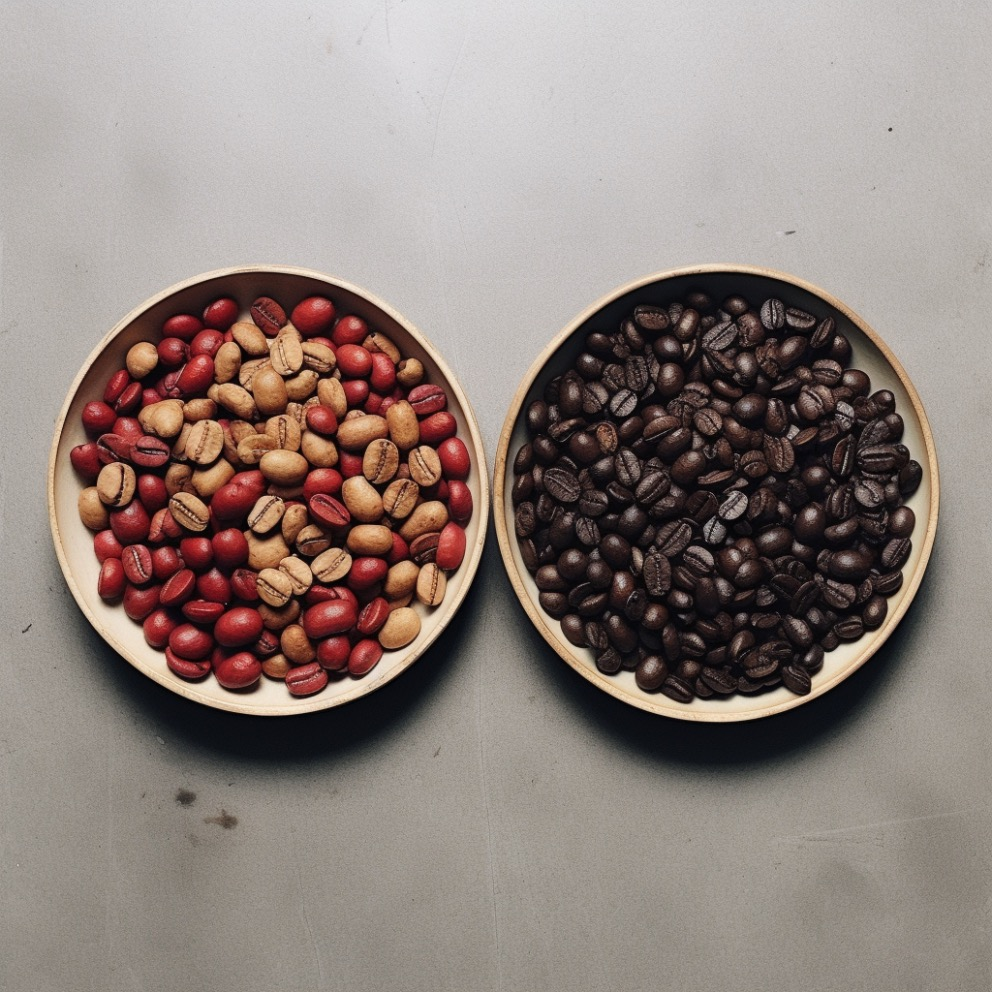
Flavor Profile – How Colombian Espresso Hits the Palate
Bright Acidity with Fruity Overtones
Colombian espresso tends to have more acidity than traditional espresso. But not in a sour way—it’s lively, juicy, and often carries notes of red berries, citrus, or stone fruit.
Balanced Body and Sweet Finish
While Colombian beans might not be as heavy as Robusta blends, they often strike a beautiful balance between light and full-bodied. A good roast will bring out caramel sweetness, a hint of cocoa, and a silky finish that doesn’t need sugar to shine.
Crema – Not Just a Pretty Face
Thanks to the altitude and processing methods, Colombian beans can still produce a decent crema, though it might be lighter and more golden than the thick, dark layer you get from traditional Italian blends.
Regional Differences Within Colombia
Each Colombian growing region brings something different to the espresso bar. Here’s a look at a few heavy hitters:
Huila
• Flavor: High acidity, floral notes, citrusy
• Altitude: 1,500–2,000m
• Profile: Great for espresso drinkers who love complexity and brightness.
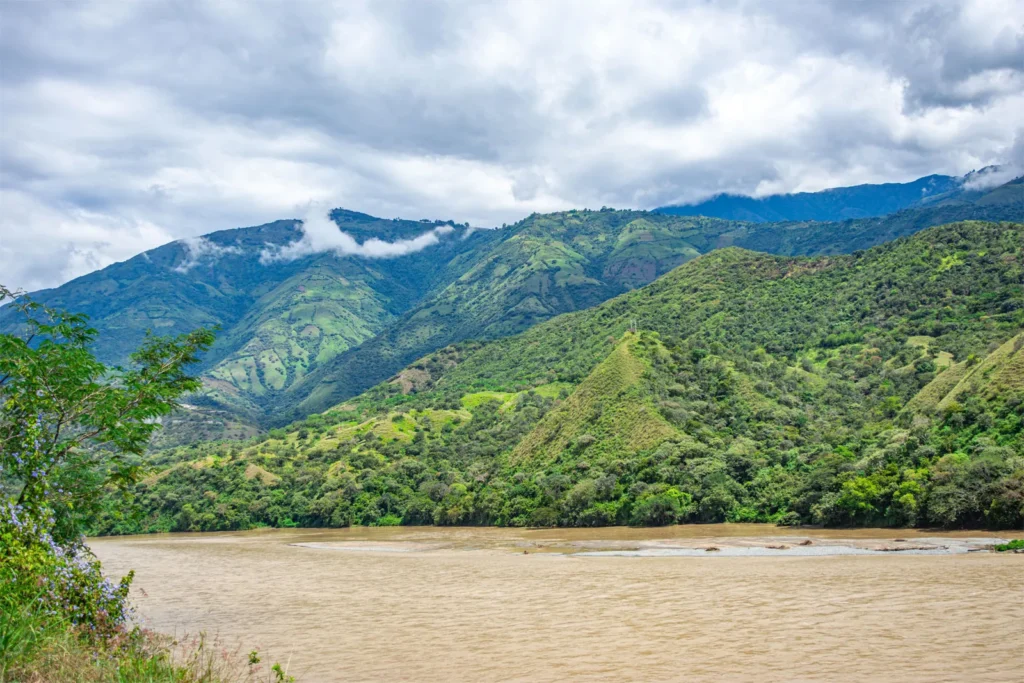
Nariño
• Flavor: Tropical fruit, sugarcane sweetness, juicy
• Altitude: Often above 2,000m
• Profile: One of the most complex, elegant Colombian origins for espresso.
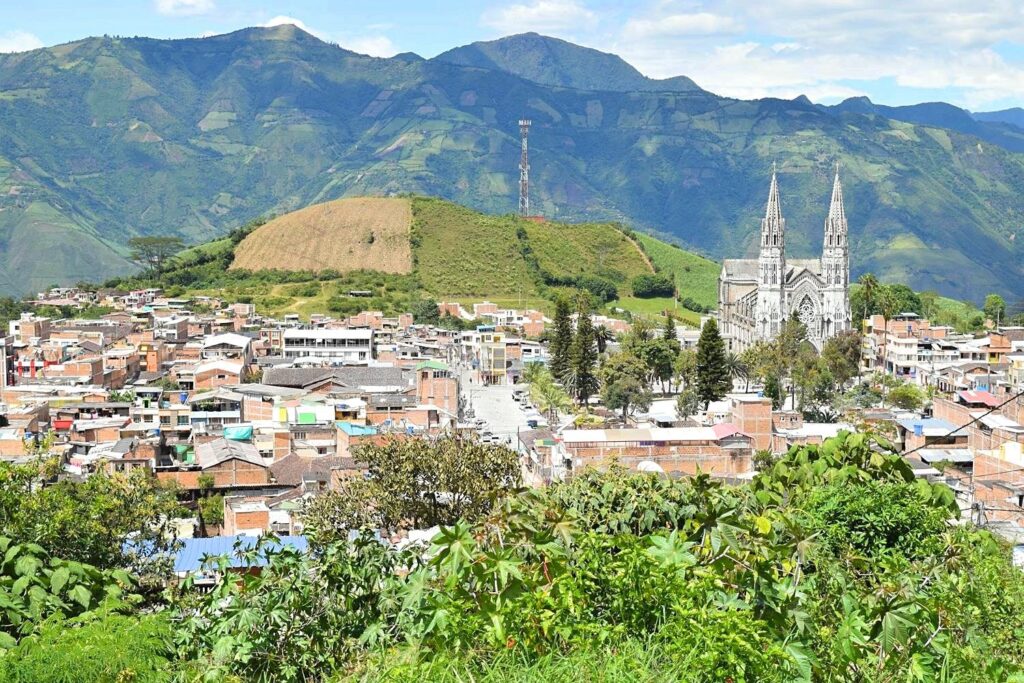
Antioquia
• Flavor: Chocolate, nuts, subtle fruit
• Altitude: 1,200–1,800m
• Profile: More traditional and balanced; perfect intro to Colombian espresso.
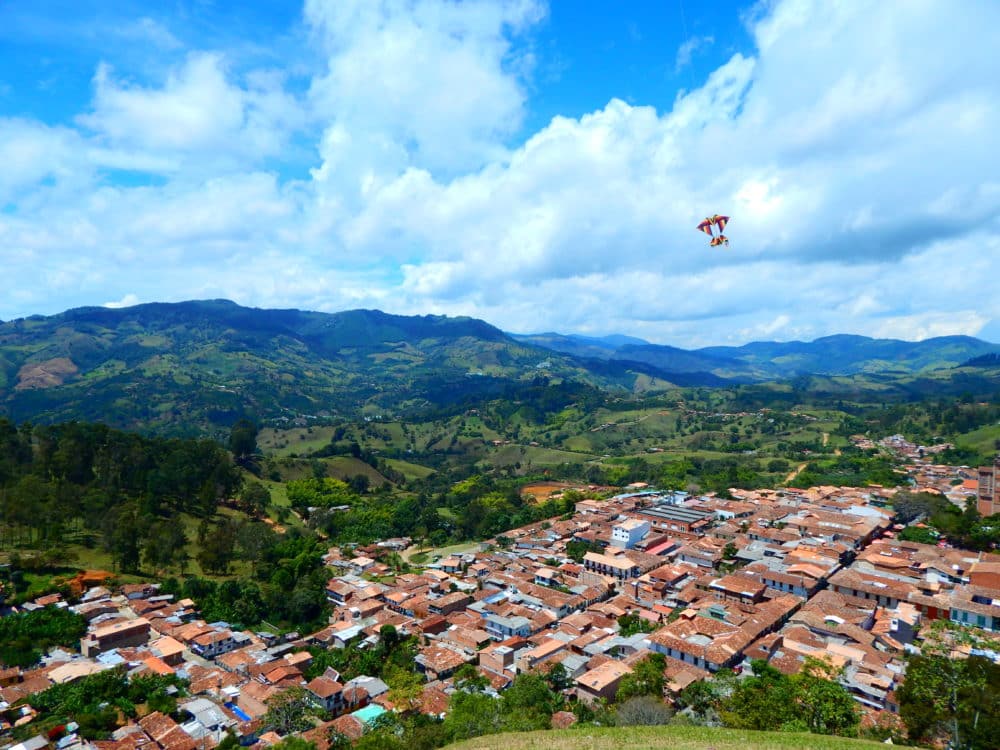
Roasting for Colombian Espresso
Medium Roast Is the Sweet Spot
Dark roasts can kill the nuance, while light roasts may taste too acidic for espresso. A medium roast preserves those origin flavors while developing enough body for a balanced shot.
Pro Tip: Look for “espresso roast” from Colombian growers—usually a medium-to-dark roast that’s optimized for pressure brewing without flattening the flavor.
Freshness and Roast Date Matter
Colombian beans—like all espresso beans—taste best between 5–14 days post-roast. Too fresh, and they’re gassy. Too old, and they’re flat.
Brewing Tips – Getting the Most Out of Colombian Beans
If you’re brewing espresso with Colombian beans, tweak your process to bring out their best.
Recommended Settings
• Grind size: Slightly finer than your standard espresso grind
• Dose: 18g for a double shot is a good start
• Temperature: 93–94°C (199–201°F) to highlight acidity without over-extracting
• Brew ratio: 1:2 or even 1:2.5 to emphasize clarity over body
Colombian Espresso in Milk Drinks

While Colombian espresso shines on its own, it also plays surprisingly well with milk.
Best Uses
• Cortado – Keeps the fruit and cuts the sharpness
• Flat white – Caramel and chocolate notes pop beautifully
• Latte – Subtle, sweet, and balanced, especially with medium-dark roasts
Final Thoughts
Colombian espresso isn’t just a regional novelty—it’s a revelation. It redefines what espresso can taste like when you bring terroir, altitude, and precision processing into the cup. Whether you’re chasing complex acidity or just want a shot with soul, Colombian beans are your ticket.
Written by Jose Luis Surjan
Espresso obsessive. Latin food storyteller. Founder of Espresso and Machines.


